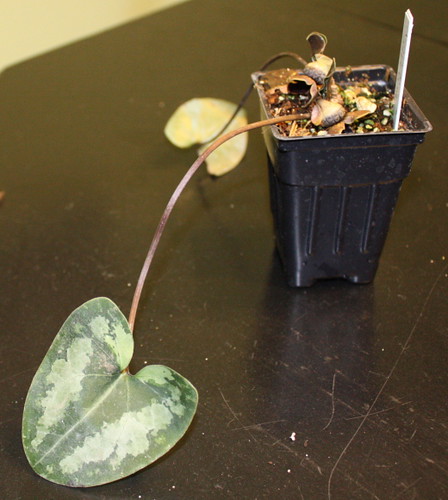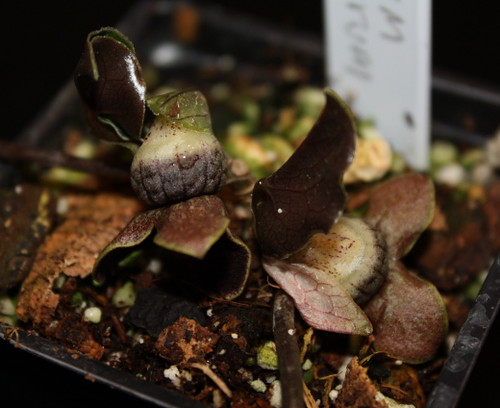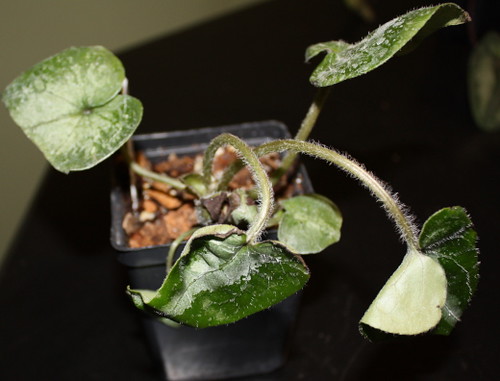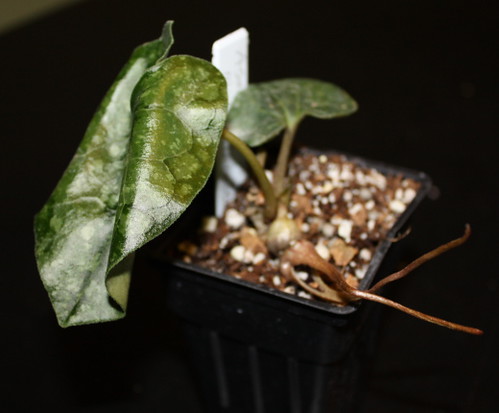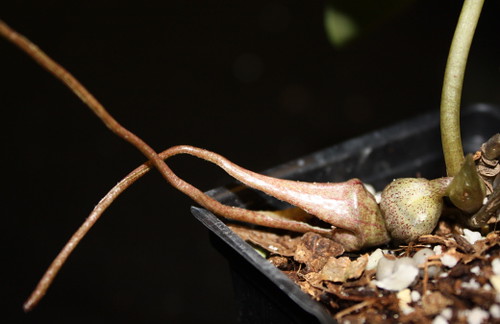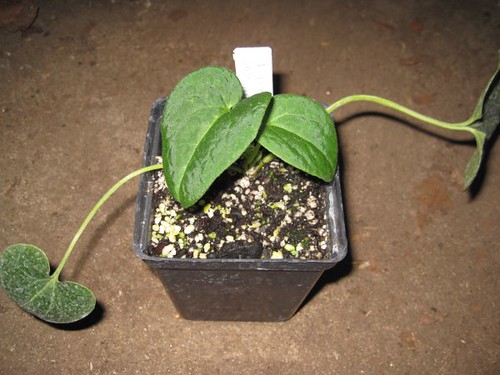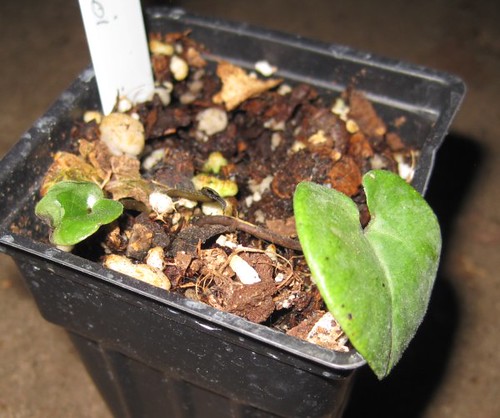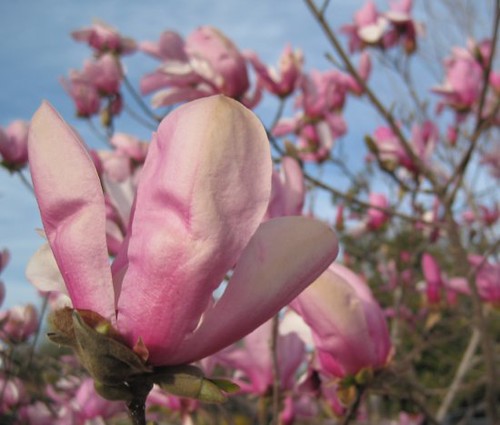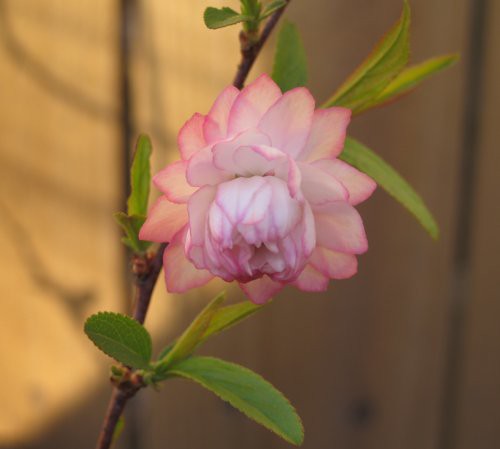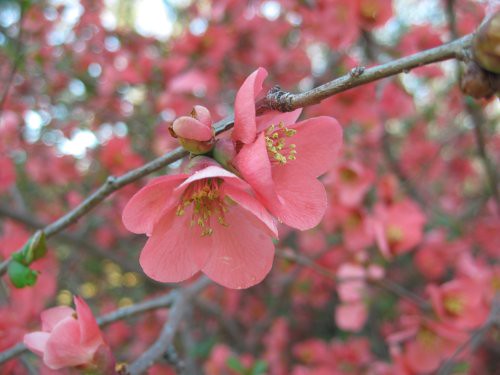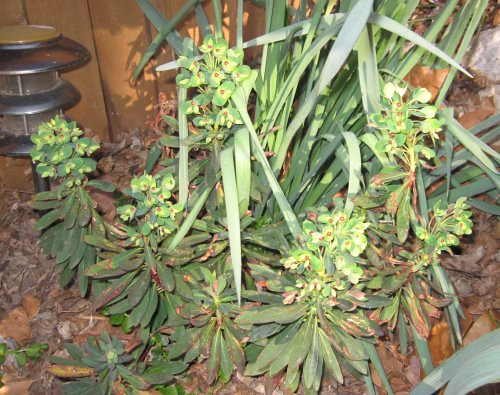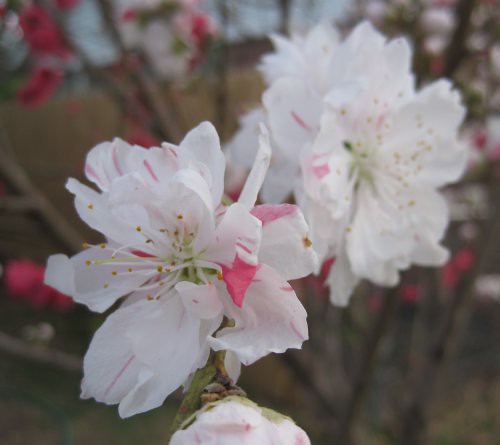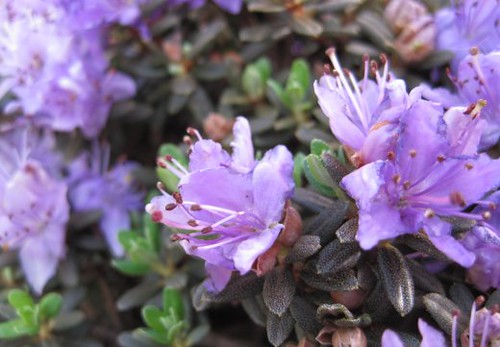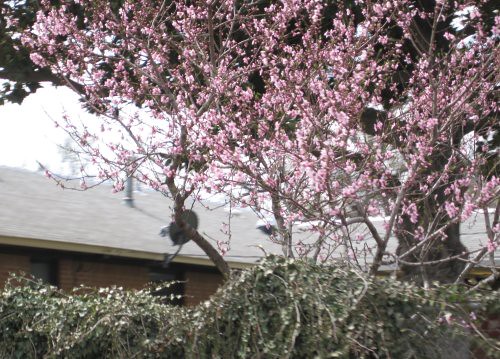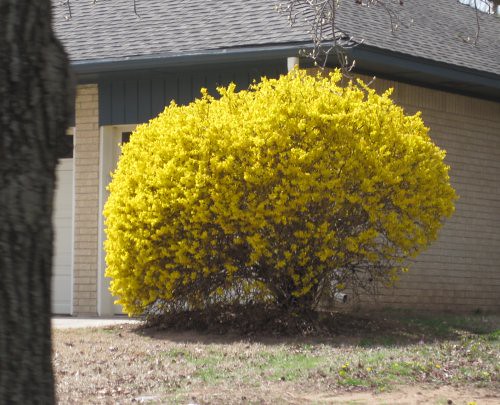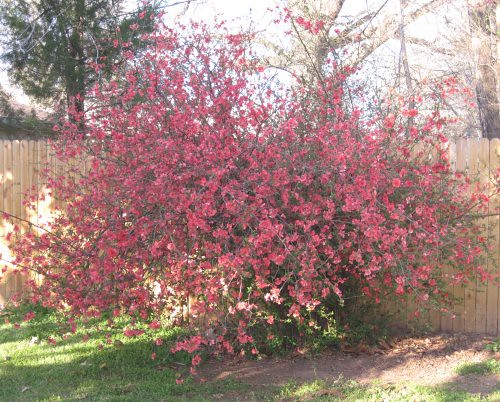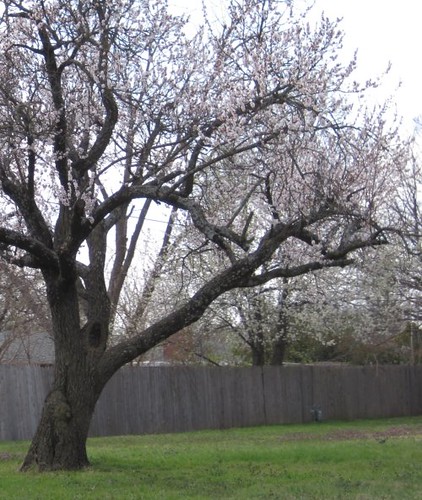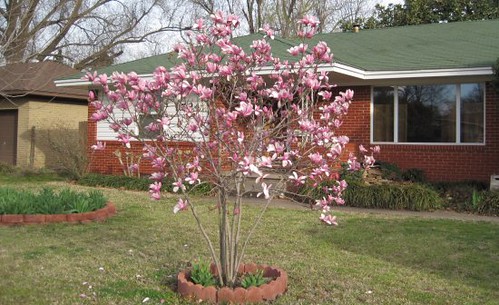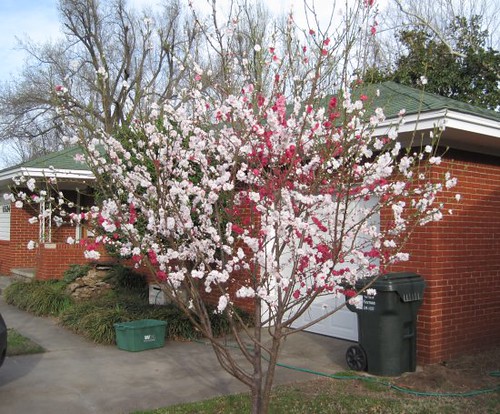It was almost four years ago when I stumbled along an unusual looking plant at "The Greenhouse" - a local greenhouse that charges too much for their very nice plants. It reminded me of an Iris, but the leaves were more glossy and thin. Those features, along with the fact that it was potted in a hanging basket, had me guessing this was probably not a winter hardy plant. The coolest feature of all was that towards the ends of many of the leaf blades there were new plants forming!
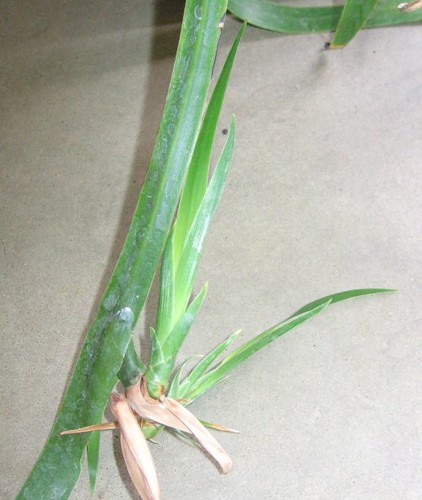 |
| Baby plant forming on my Walking Iris (Neomarica gracilis) back in August 2006, when I purchased the plant. |
I handed over the big bucks for this plant and quickly posted pictures of it to different forums online, looking for an ID. I got one pretty quickly:
Neomarica gracilis, commonly called Apostle Plant or Walking Iris.
I learned that the plant flowers from the ends of the leaves and then produces new plants there. The leaves sag with the weight of the new plant and the new plants take root, hence the name Walking Iris. Therefore, the plant that I had just bought had finished blooming.
I found an empty hanging basket and placed it next to my plant and buried each of the new plants, leaving them still attached to the mother plant. A couple of months later I courageously cut the mother leaf free, leaving myself with two pots full of Walking Iris. It was actually almost indistinguishable which was the "mother plant." I was proud.
I kept my plants pretty healthy over the last couple of years, but there were a couple of rough times where my plants dried out and I would lose some of them. Last summer I lost a whole hanging basket and a half - but some hung on!
And for the first time last week, my plants bloomed!
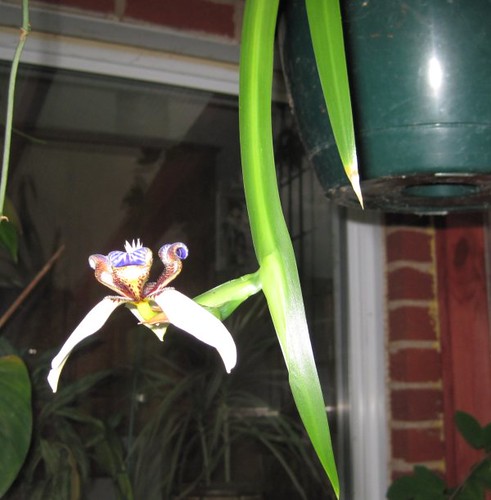 |
| First bloom |
I'm so glad to have these blooms, as much for their appearance as for the promise of new plants. I can start to fill in my hanging basket again. And hopefully I can keep them all happy until next Spring.
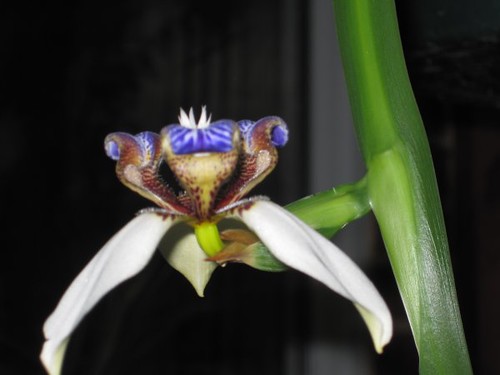 |
| Closer look at the first bloom |
The blooms are very attractive, but only lasted one day. My plant produced three blooms, each a couple of days after the previous. So conceivably, a fuller plant than mine might have a couple of blooms at a time over a period of a couple of weeks. I have something to look forward to. (Please forgive the ending of this post with a trailing preposition.)



